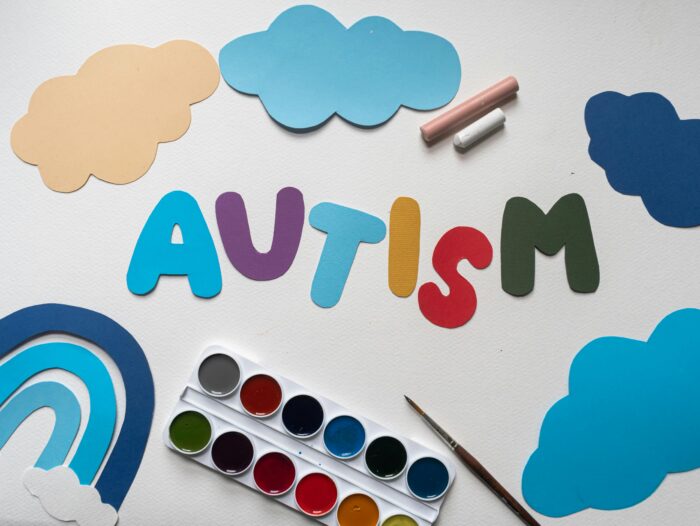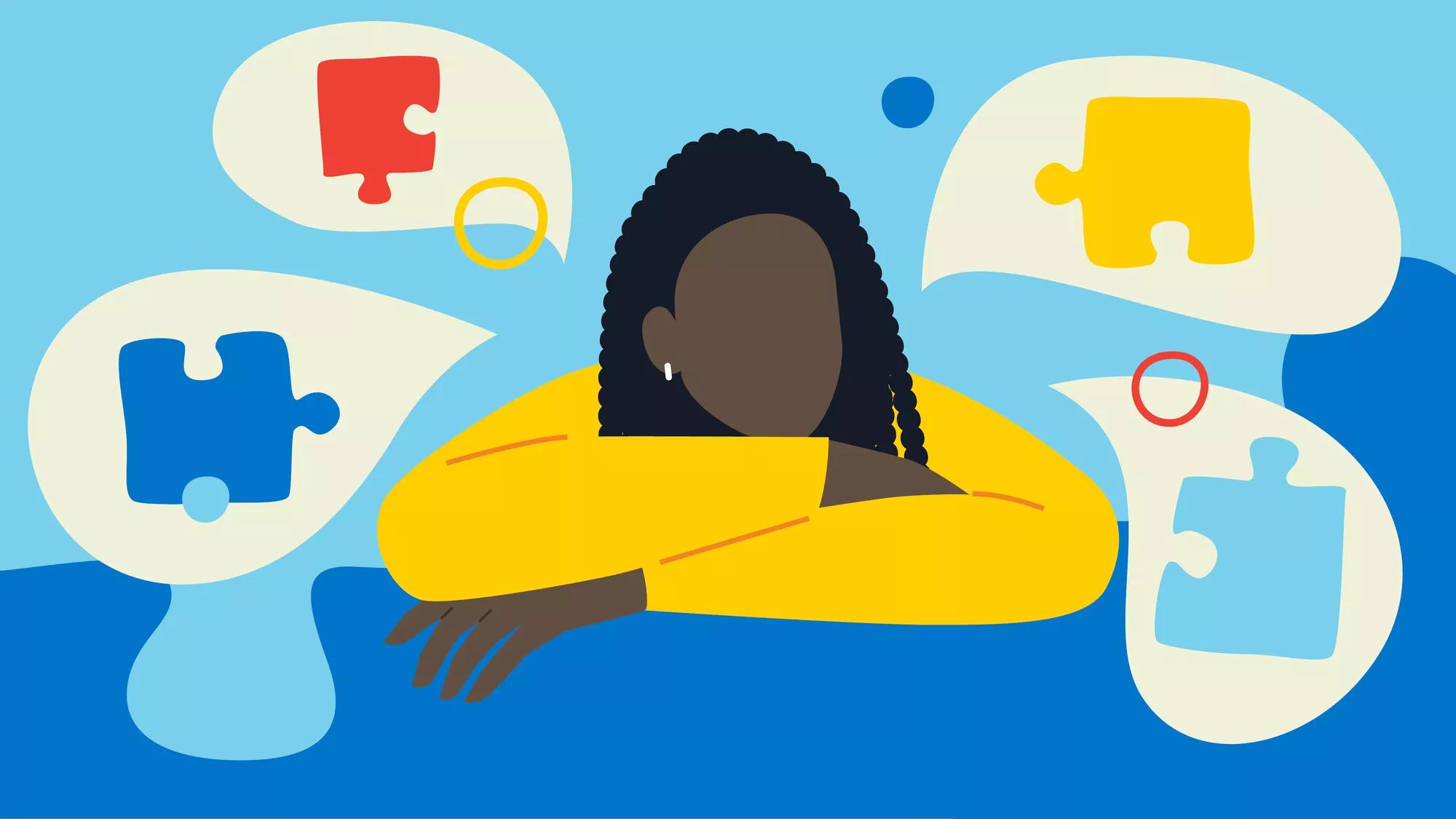Just how to Develop an Inclusive Environment for Buddies and Family Members with Autism
Just how to Develop an Inclusive Environment for Buddies and Family Members with Autism
Blog Article
Discovering Autism: Approaches for Efficient Interaction and Interaction
Reliable interaction and communication with people on the autism spectrum demand an extensive understanding of their one-of-a-kind demands and choices. The details of these methods expose additional considerations that warrant expedition, especially in how they can be adapted to diverse contexts and specific experiences.
Understanding Autism Range Condition
Autism Spectrum Disorder (ASD) includes a range of neurodevelopmental problems identified by difficulties in social communication, communication, and repeated actions. The term "spectrum" shows the varied manifestations and differing levels of seriousness experienced by people with ASD. While some might display substantial disabilities, others may show high-functioning traits, enabling greater self-reliance in every day life.
The onset of ASD commonly occurs in early childhood years, with signs frequently identifiable by age 2. Early indicators may include postponed speech growth, limited eye contact, and problems in comprehending social signs. Although the precise etiology of ASD remains uncertain, research study recommends a combination of ecological and hereditary variables plays an important function in its advancement.
As an outcome, interventions and support tailored to specific requirements are necessary for promoting communication and social abilities. Identifying the intricacy of ASD is crucial for promoting recognition, approval, and effective strategies that promote purposeful interactions with individuals on the range.

Relevance of Clear Interaction
Reliable communication is important for promoting understanding and connection, specifically for people with Autism Range Disorder (ASD) Clear communication not just assists in social communications but also boosts the person's ability to express their emotions, ideas, and requirements. For individuals with ASD, the subtleties of language can commonly be challenging; therefore, making use of simple and unambiguous language is crucial.
Additionally, clear communication helps in reducing frustration and anxiousness that may arise from misconceptions. When messages are conveyed in a regular and straight manner, people with ASD are better outfitted to translate details precisely, which can considerably boost their social interaction and involvement in various settings.
Developing routines and utilizing aesthetic supports can additionally bolster clear communication. These approaches provide people with foreseeable frameworks that help understanding and retention of information. Furthermore, proactively listening and being person during interactions advertises a supportive atmosphere where people with ASD really feel valued and understood.
Eventually, focusing on clear interaction not just empowers individuals with ASD however likewise cultivates even more meaningful connections with their peers, caregivers, and the broader area, leading the way for joint relationships and inclusive interactions. - autism
Non-Verbal Communication Methods
Communication extends past words, and for individuals with Autism Range Problem (ASD), non-verbal signs play a significant role in interactions. Non-verbal communication techniques can include facial expressions, gestures, body language, and eye contact, all of which serve as vital components for conveying intentions and feelings.
Recognizing and analyzing these non-verbal signals can boost communications with individuals with ASD. A warm smile or open stance can develop an inviting environment, encouraging engagement. In a similar way, making use of aesthetic aids-- such as picture cards or icons-- can link communication gaps and help share messages better.
It is additionally crucial to be mindful of individual area, as individuals with ASD might have different convenience degrees concerning proximity. Observing their responses to physical closeness can educate proper adjustments.

Developing Helpful Environments
Developing a helpful environment is crucial for cultivating positive interactions and boosting the well-being of people with Autism Range Disorder (ASD) Such settings can substantially decrease anxiety and develop a moved here sense of safety and security, enabling individuals to share themselves much more freely.
To accomplish this, it is vital to take into consideration sensory sensitivities that people with ASD may experience. Changing the physical room to consist of soft lights, very little background sound, and comfy seating can produce a calming environment. Additionally, utilizing consistent routines and clear aesthetic schedules can aid individuals expect changes and decrease unpredictability, further advertising convenience.
Social spaces must be structured to minimize overwhelming stimulations while providing chances for involvement in preferred activities. Promoting areas assigned for silent time can also work as a sanctuary throughout moments of anxiety. Notably, incorporating elements of option encourages people, allowing them to exercise company in their setting.

Encouraging Social Communications
Fostering social communications among individuals with Autism Range Disorder (ASD) needs intentional methods that focus on comfort and involvement. Establishing foreseeable regimens can assist lower anxiety, making social setups more approachable. Developing structured atmospheres with specified responsibilities and functions permits individuals to engage without the frustrating stress of unstructured social dynamics.
Integrating passions and strengths right into social tasks can offer as a catalyst for interaction. Arranging team activities around shared hobbies or topics of fascination can assist in all-natural discussions and connections. Additionally, using visual supports, such as photographic schedules or social scripts, can aid in comprehending social hints and assumptions.
Designing ideal social actions is crucial - autism. Adults and peers ought to demonstrate effective communication methods, including energetic listening and turn-taking. Role-playing scenarios can likewise supply a risk-free area for people to exercise these skills
Finally, cultivating peer partnerships via comprehensive techniques is crucial. Urging comprehensive playdates or team trips can produce chances for socialization in a comfortable setup. By applying these techniques, educators and caretakers can significantly boost social communications for individuals with ASD, advertising their general social development and well-being.
Final Thought
To conclude, reliable interaction and interaction methods are important for sustaining individuals with why not try these out Autism Range Disorder. Stressing clear language, incorporating non-verbal signs, and establishing foreseeable regimens substantially boost interaction and lower anxiety. Developing supportive atmospheres fosters risk-free social communications, while encouraging shared rate of interests facilitates significant links. Ultimately, these methods encourage individuals with autism to navigate social landscapes, advertising their total well-being and making it possible for the development of long lasting partnerships.
Effective communication and interaction with individuals on the autism spectrum necessitate an extensive understanding of their special demands and choices. Clear interaction not just promotes social communications yet additionally boosts the person's capacity to share their ideas, requirements, and emotions.Promoting social interactions among our website individuals with Autism Range Condition (ASD) needs deliberate techniques that prioritize comfort and involvement. By applying these approaches, caretakers and teachers can dramatically improve social interactions for people with ASD, promoting their overall social growth and wellness.
In conclusion, reliable communication and interaction methods are vital for supporting people with Autism Spectrum Problem.
Report this page